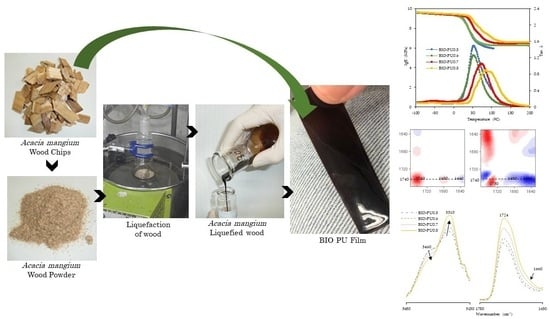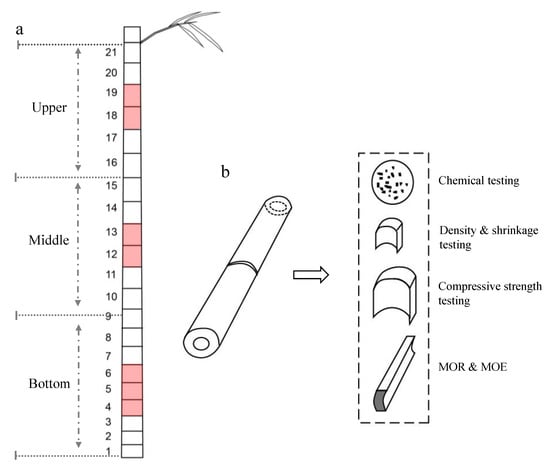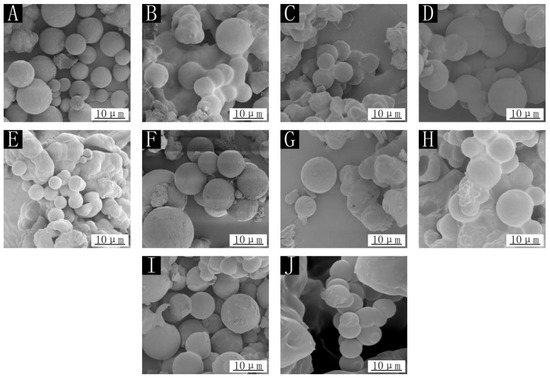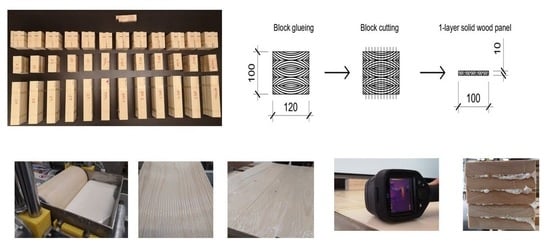Wood Composites
A topical collection in Polymers (ISSN 2073-4360). This collection belongs to the section "Biobased and Biodegradable Polymers".
Viewed by 19204Editors
Interests: wood; wood composites; lignocellulosic materials; chemical and thermal modification technologies; nanotechnology and nanomaterilas; adhesives
Special Issues, Collections and Topics in MDPI journals
Interests: cellulose; wood-polymer composites; physics; materials; thermal properties; wood sciences; wood physics
Special Issues, Collections and Topics in MDPI journals
Interests: wood-based composites; wood adhesives
Special Issues, Collections and Topics in MDPI journals
Interests: wood technology; wood-based composites; eco-friendly wood-based composites; lignocellulosic composites; wood technology; wood sciences; bio-based adhesives; advanced formaldehyde-based wood adhesives; formaldehyde emission; formaldehyde scavengers; recyclable materials; sustainability
Special Issues, Collections and Topics in MDPI journals
Topical Collection Information
Dear Colleagues,
The fibrous nature of wood has made it one of the most appropriate and versatile raw materials for various uses. However, two properties restrict its much wider use, namely dimensional changes when subjected to fluctuating humidity, and susceptibility to biodegradation by micro-organisms. Wood can be modified chemically or thermally so that selected properties are enhanced in a more or less permanent fashion. Another option to improve these properties is to exploit the solutions that nanotechnology can offer. The small nanoparticles of nanotechnology compounds can deeply penetrate into the wood, effectively altering its surface chemistry and resulting in a high protection against moisture and decay. In addition, the use of lignocellulosic materials for the production of advanced wood composites is an innovative avenue for research. This collection seeks high-quality works and topics focusing on (among others) the latest approaches to the protection of wood and wood composites with chemical or thermal modification technologies, the application of nanomaterials to wood science, the application of carbon fiber fabrics, and the use of lignocellulosic materials for the production of advanced wood composites.
Dr. Antonios Papadopoulos
Dr. Ľuboš Krišťák
Prof. Dr. Roman Réh
Collection Editors
Manuscript Submission Information
Manuscripts should be submitted online at www.mdpi.com by registering and logging in to this website. Once you are registered, click here to go to the submission form. Manuscripts can be submitted until the deadline. All submissions that pass pre-check are peer-reviewed. Accepted papers will be published continuously in the journal (as soon as accepted) and will be listed together on the collection website. Research articles, review articles as well as short communications are invited. For planned papers, a title and short abstract (about 100 words) can be sent to the Editorial Office for announcement on this website.
Submitted manuscripts should not have been published previously, nor be under consideration for publication elsewhere (except conference proceedings papers). All manuscripts are thoroughly refereed through a single-blind peer-review process. A guide for authors and other relevant information for submission of manuscripts is available on the Instructions for Authors page. Polymers is an international peer-reviewed open access semimonthly journal published by MDPI.
Please visit the Instructions for Authors page before submitting a manuscript. The Article Processing Charge (APC) for publication in this open access journal is 2700 CHF (Swiss Francs). Submitted papers should be well formatted and use good English. Authors may use MDPI's English editing service prior to publication or during author revisions.
Keywords
- wood
- wood composites
- lignocellulosic composites
- chemical or thermal modification
- nanotechnology and nanomaterials















